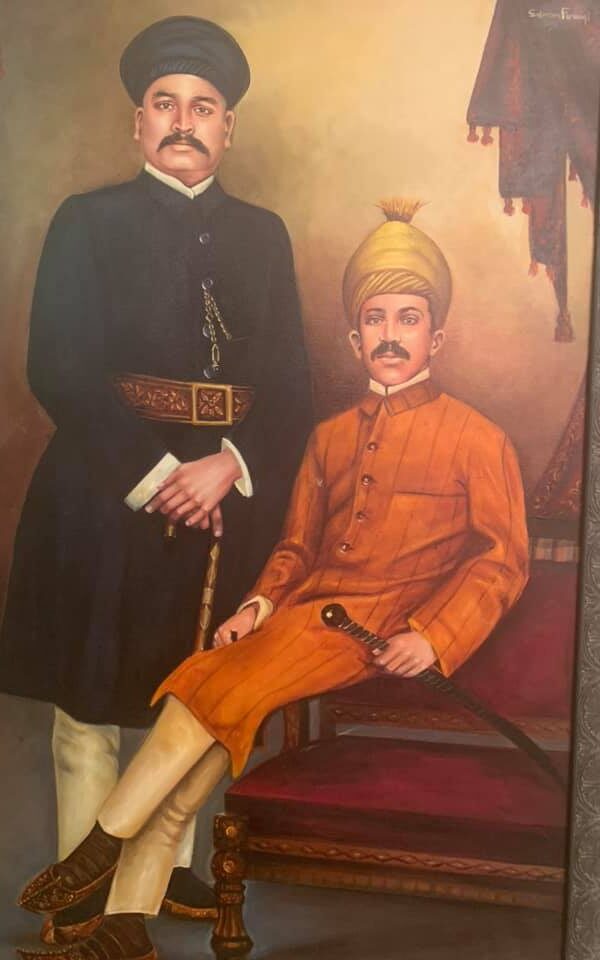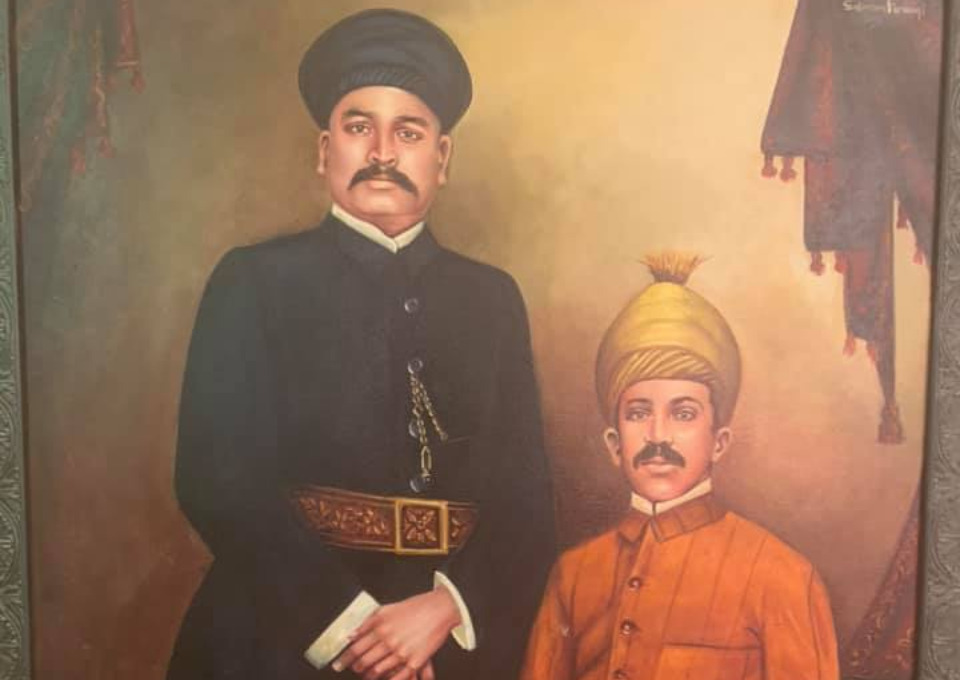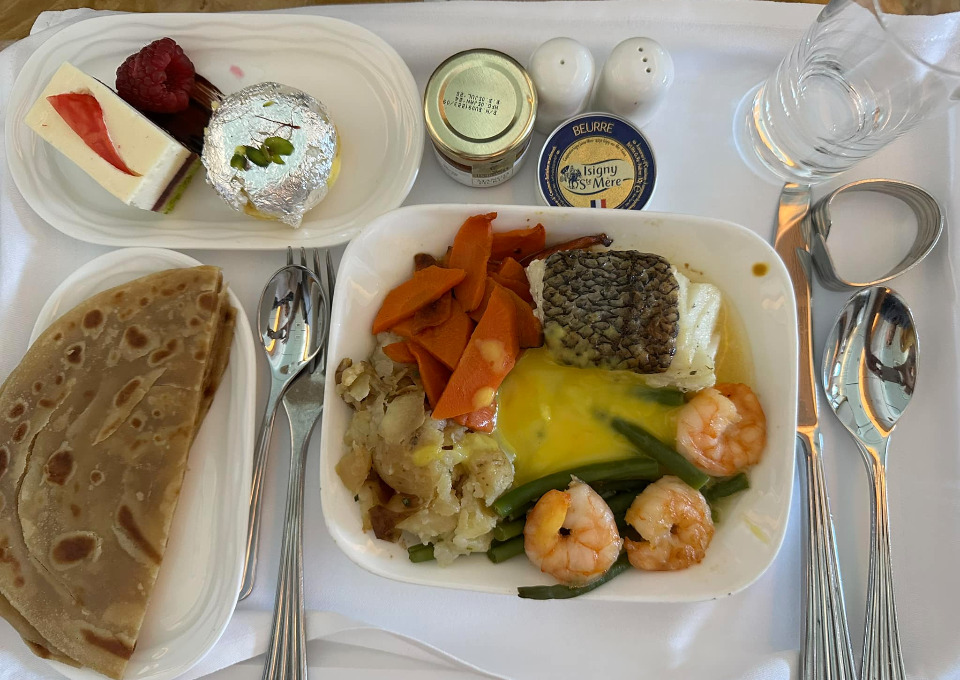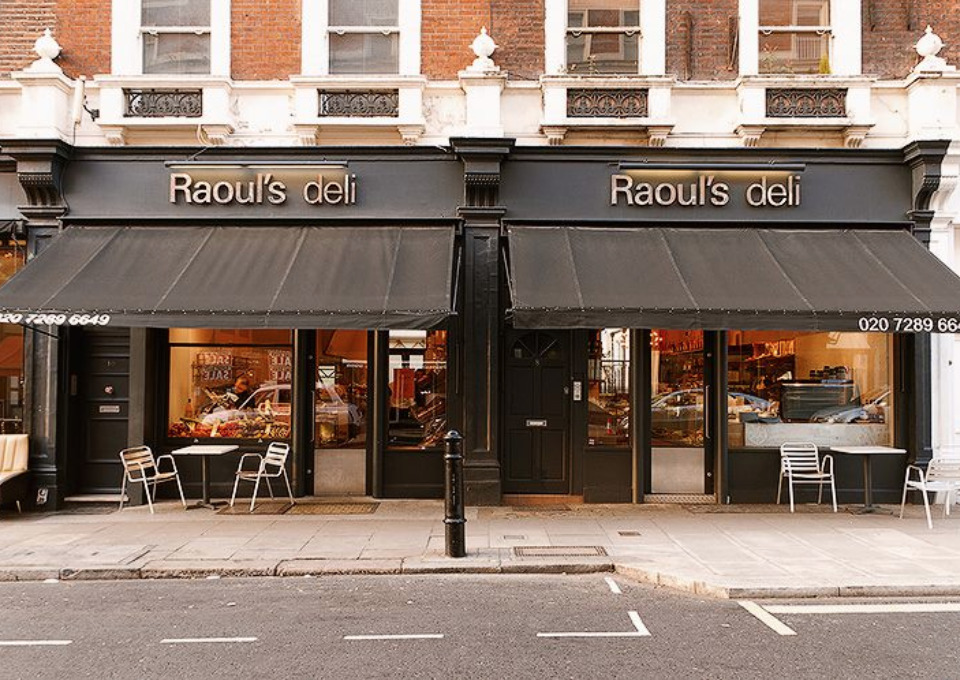Evenings in Corona-ridden Karachi compel one to spend lots of time at home with all its delights and delicacies and all its imperfections. One of my favorite pastimes is to hear my mother (and friend) talk about the stories of imperial Hyderabad. Last night we spoke about the impromptu meals that would arrive from the King Kothi Palace from the dining table of the Nizam. The Nizam—the ruler of the state—was a combination of the gracious and the eccentric. Apparently while eating dinner, he would think of some favorite noblemen and want to share his meal with them. On the spot.

A retinue of palace staff wearing white sherwanis with a yellow sash and yellow turbans would arrive unexpectedly with a large round tray (called a khaan). The tray would have a domed cover (called a Chibba) and would be wrapped in a yellow muslin cloth (called a Bastani). The knot of the cloth would have a red wax seal (Mohar-e-Asaf Jahi) of the 7th Nizam (or Aala Hazrath as he was called). The whole ensemble would then be covered with a yellow and gold velvet covering called a Toray Posh which would be emblazoned with an embroidered coat of arms—a dastar with a plume—the distinctive heraldic bearing of the house of Asaf Jah.
The home staff would announce “Sarkaar King Kothi se khaasa aya hai” (Sir, a meal has arrived from King Kothi). My grandfather would come to the veranda and the palace staff would greet him with the customary farshi adaabs, break the seal and unwrap the Bastani. The chibba would be lifted and several porcelain bowls of different delicacies would appear. My mother remembers their glistening gold border, the embossed coat of arms, and the signature fragrance of that meal.
Typically the food would include four large shikam purs (a sort of shami kebab), kheema methi, daalcha, plain rice with saffron, tomato kut, and pasindas. The food would be usually different each time however there was always a bowl full of malai in layers (cream) with silver leaf (waraq) on it. Rose water would be pre-sprinkled on all the dishes.
My grandfather would receive the meal with gratitude and write a letter of thanks (in Persianized Urdu) to the nizam and send the letter along with some Nazrana (a return gift of money). I asked my mother how much this was and she said around 500 Rupees, back in the late fifties. I couldn’t help but wonder if too many such gifts would bankrupt the recipient, but nonetheless, I thought this postcard of memory would hopefully enrich us.






